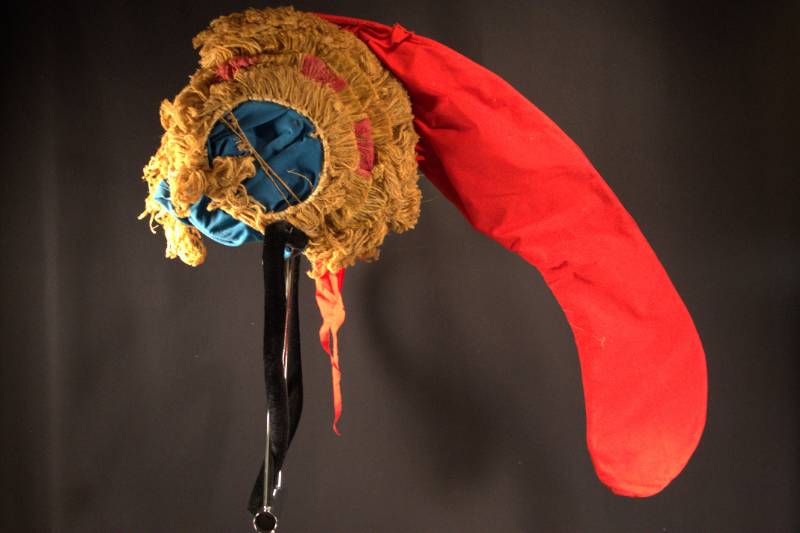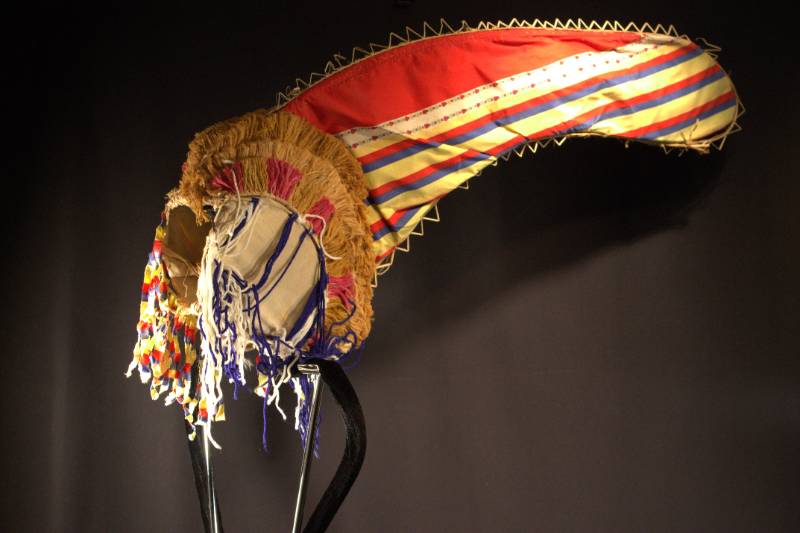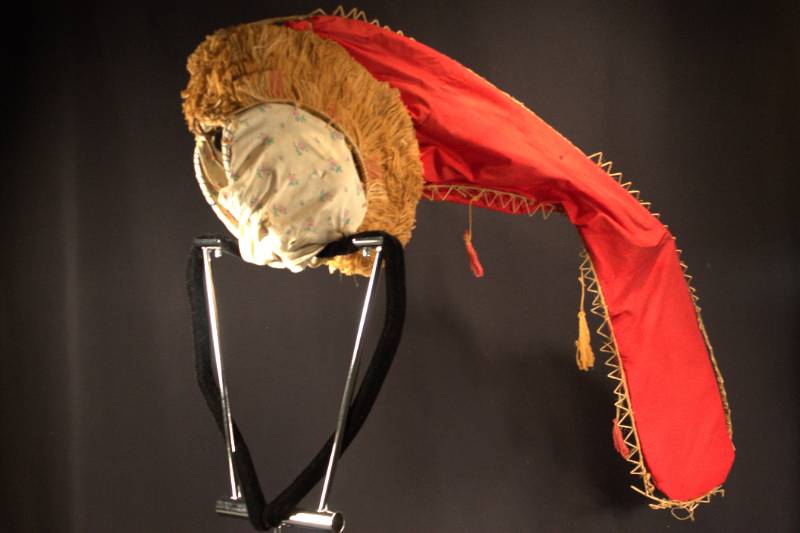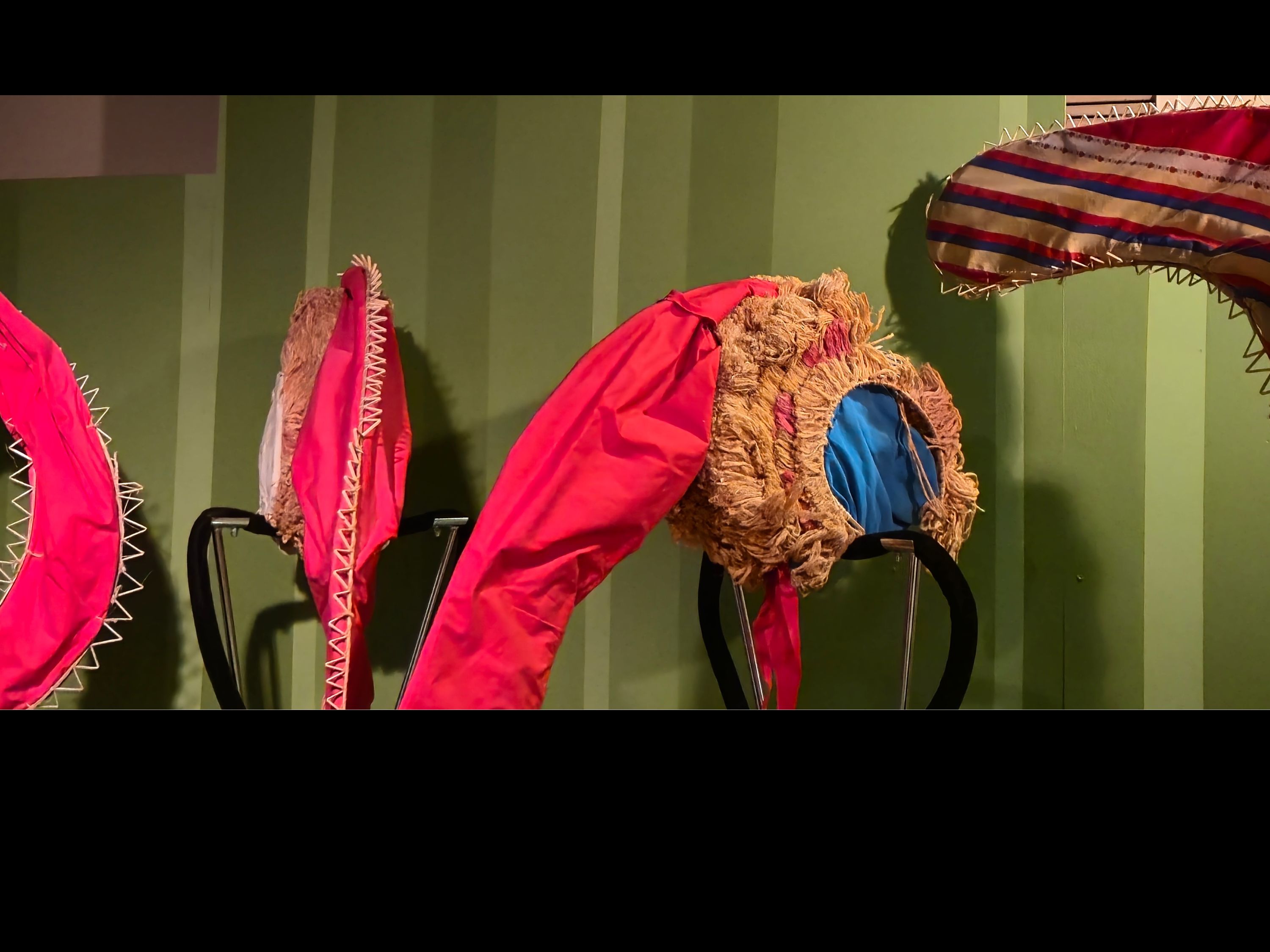Constructing Identity: Themes and Symbols Around the World
Community Vs. Individualism
Competing Values
When considering cross-cultural understanding, it is important to note that human groups across the globe have varying ideals and values. The cultures of New Hanover generally value the success of the community over individual achievement. From this perspective, personal achievement comes from shared knowledge, common values, and mutual aid. This is different from the dominant culture in the United States which often assumes that personal achievement comes from dedication and personal choices.
- Where have you seen these perspectives throughout your life?
- Do you think your culture places more value on the community or on the individual?
- How might communication between these perspectives give rise to conflict?



Headdresses
Lavongai (New Hanover)
New Guinea
Plant Fibers
Headdresses have been worn for ceremonial purposes on the island of Lavongai for centuries. These head coverings are all made similarly in order to represent the oneness of the group being portrayed in dance. These particular items belonged to the Johnson Cult, known primarily for their political theatre in the 1960s.
Donated by Dr. Dorothy Billings
2012.10.035, 037-039 Lowell D. Holmes Museum of Anthropology


